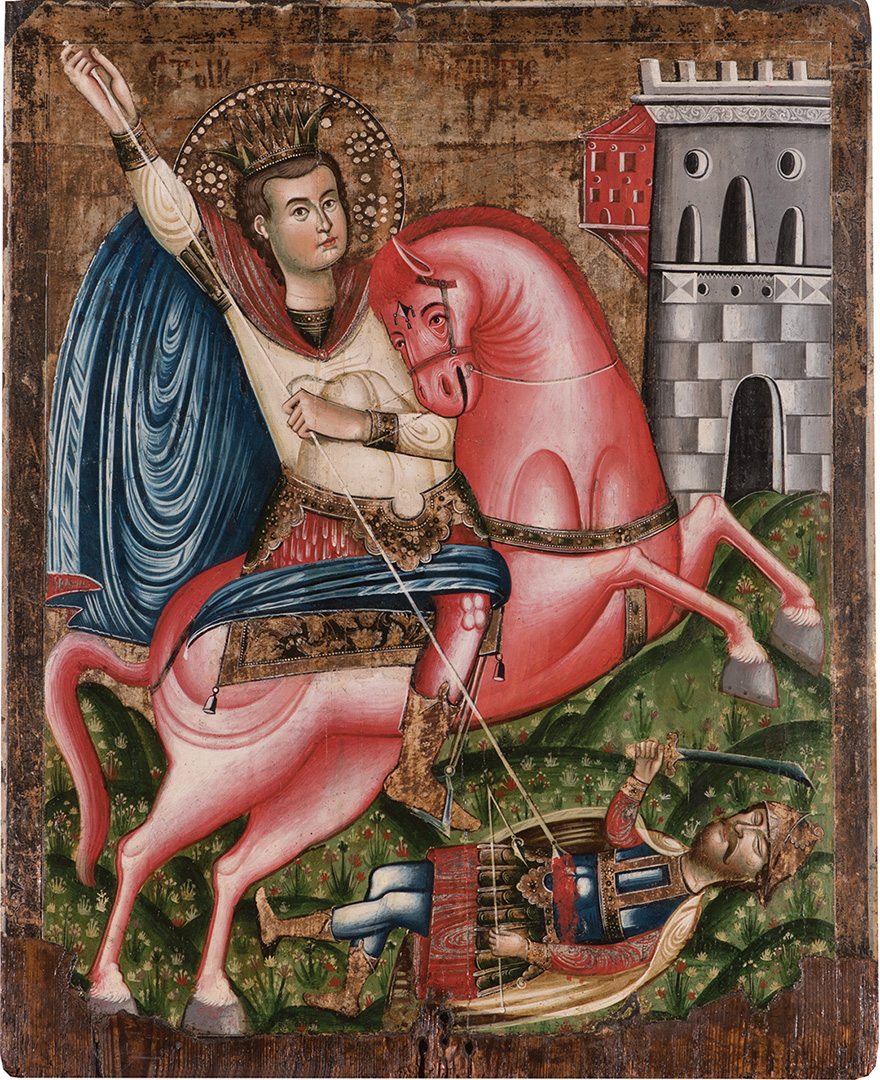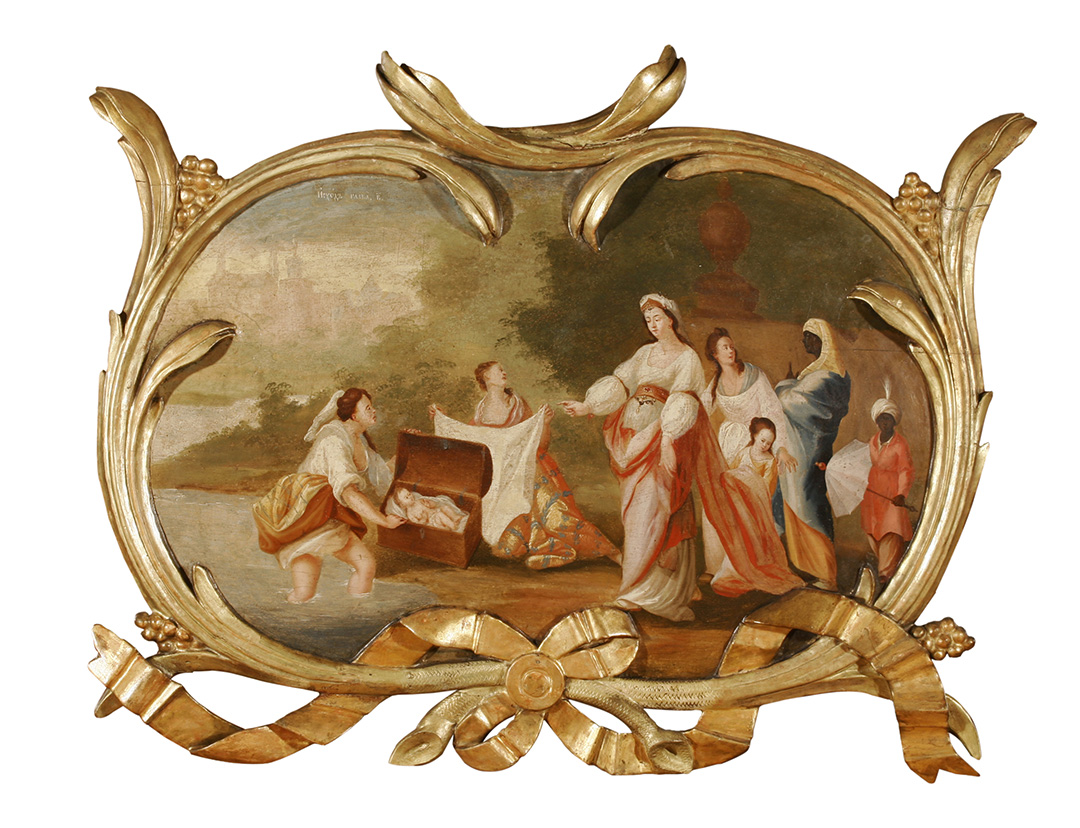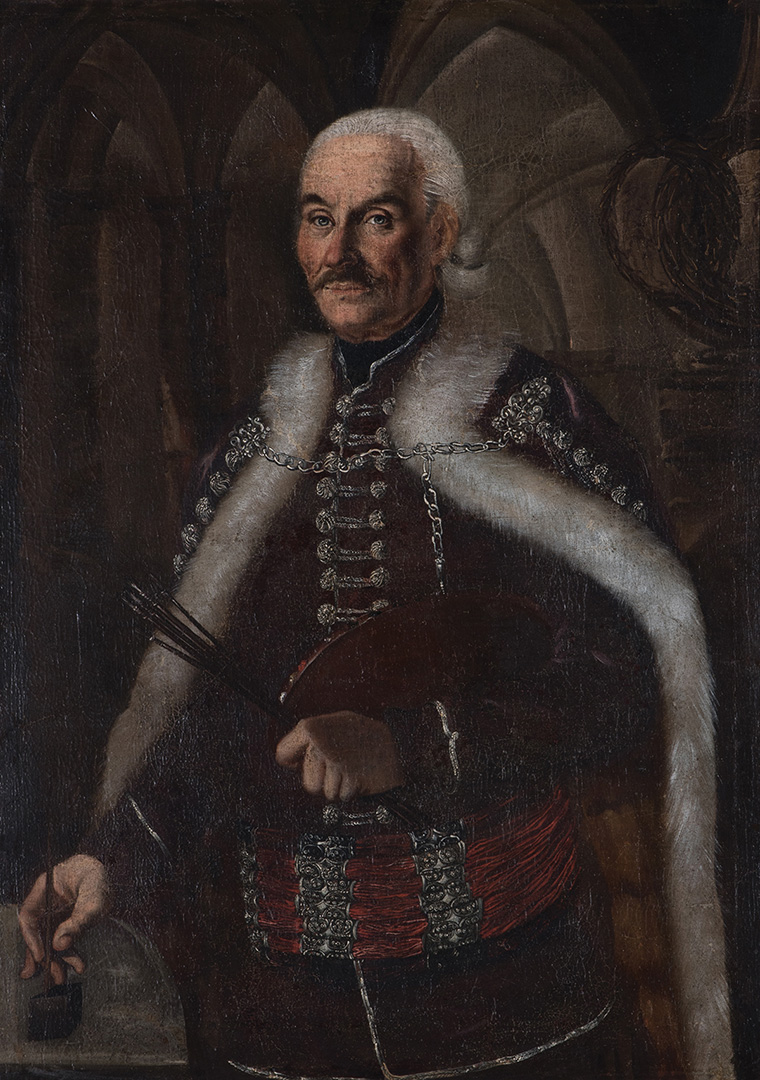Permanent Exhibition of the 18th century
The Collection of the 18th Century Art in the Gallery of Matica Srpska
The Gallery of Matica Srpska is one of the richest collections of the 18th century art, both in the number and the quality of the works exhibited. The works of art, gathered in a collection of an institution of this type can never fully present the development and range of a tumultuous epoch and a wide time span, such as the 18th century. This is why we believe that the exposition of the most representative works will enable the visitors to get an insight into the beginnings, the developments and the achievements of this complex period in the history of Serbian culture and highlight the most important themes, patterns and techniques of the artistic expression which have left its mark on the epoch.
Museum collections, permanent and temporary exhibitions, are an inexhaustible source of incentive for the investigators to re-examine and rethink the development of the national art and culture and to offer new interpretations of its phenomena and topics, its poetic and stylistic features. The study and interpretation of Serbian 18th century art on the basis of the works in the collection of the Gallery of Matica Srpska is a segment of our overall efforts to bring to light the significance and the achievements of the national cultural heritage.
Two crucial historical events, the Exodus of the Serbs from Kosovo in 1690 and The Church Council in Timişoara in 1790, marked the period of great changes that the Serbian population, living on the territory of the Habsburg Monarchy, had gone through during the 18th century. From the cultural point of view, it was an epoch of renunciation of the Byzantine tradition and reform in religious painting, in other words, a period in which the Baroque and Enlightenment cultural models superseded the earlier tradition. The artistic transformation happened very quickly, the breakaway from the Byzantine tradition was complete and a new esthetics, together with a new technique, was established in art. The Baroque period, as a historical and stylistic category in Serbian painting in which the characteristics of the Orthodox cultural model were nevertheless embedded, resulted in an art in which painting and printmaking, with their direct visual communication, their poetics and rhetoric, became the most popular form.
The works chosen here – icons, religious compositions and portraits – are illustrative of the visual poetics of the traditional zoograph painting. They are followed by the early Baroque paintings and the representative, high and late Baroque Serbian paintings of the 18th century.

Anonymous icon painter from 16th c.
The Annunciation, beginning of the 16th c.

Hristofor Žefarović,
St. Demetrius, ca. 1740

Joseph Hickel,
Empress Maria Theresa, ca. 1760–65

Teodor Kračun,
The finding of Moses, ca. 1780

Johan K. Vinkler,
The Mother of God of Bezdin monastery and the veduta of Bezdin monastery, 1762

Dimitrije Bačević,
The Annunciation, 1769

Anonymous portrait painter from 18th c.
Countess Nako, 1780–1790

Anonymous icon painter from 18th c.
The Virgin and Child, ca. 1750

Stefan Tenecki,
Self-portrait, ca. 1770

Georgije Tenecki,
Young Sava Tekelija, ca. 1785